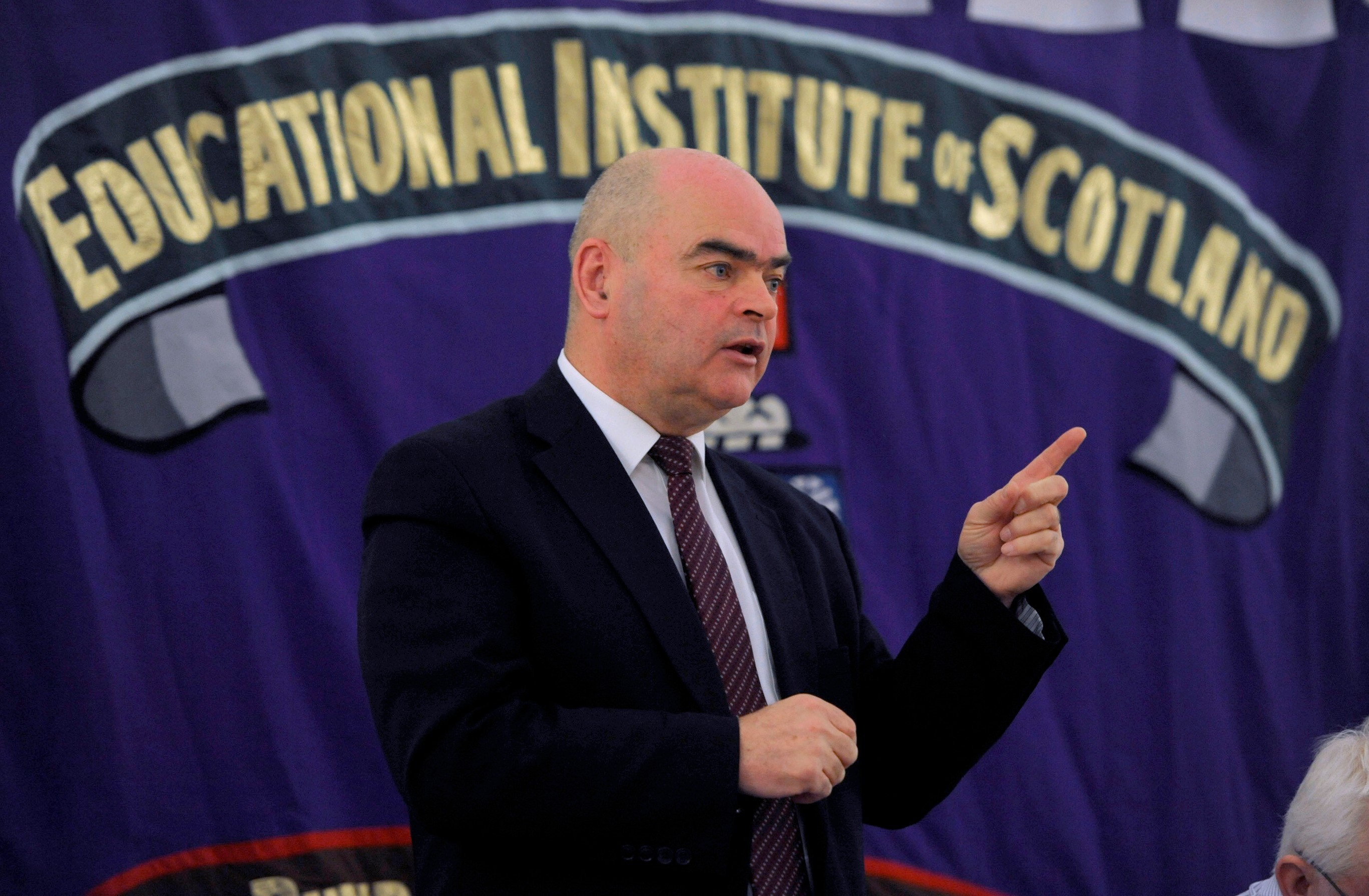
SCOTLAND’S largest teaching union has said there is no clear rationale behind planned changes to the way schools are funded.
The Educational Institute of Scotland (EIS) said the Scottish Government had failed to make a convincing case for changing the current funding structures.
The union said ministers had also not demonstrated how the proposed changes would improve attainment or equity in schools.
The government is currently consulting on the proposals, which sit alongside reforms of school governance that will see headteachers given a raft of new powers.
The consultation paper sets out two possible future approaches, the first of which would give funds directly to headteachers through a headteachers charter and the second which would increase the targeting of funding, along the lines of the approach taken to pupil equity funding.
In its submission to the consultation, the EIS said it did not believe either approach “would drive an improvement in pupil attainment or equity”.
“Furthermore, the EIS believes that proposals set out in the consultation paper could possibly lead to a detriment in the current quality of provision as they could weaken local democratic accountability, reduce local authority ability to deliver planned educational services across an authority and overload headteachers with additional responsibilities without a transparent accountability structure,” the union said.
“The EIS believes that the current system of funding is capable of delivering resources and accountability to the sector, and that the government’s aims of improving attainment and equity could be achieved by evolution of the current system as opposed to untested change.”
EIS said there was also “no clear rationale” that linked the proposed changes to funding with the governance reforms.
The union also warned ministers were “in danger of creating schools with the same characteristics as ‘academies’ in terms of reducing local authority power and increasing headteachers’ powers”.
General secretary Larry Flanagan said: “While the EIS is supportive of some aspects of the Scottish Government’s proposals, such as the potential for regional collaboratives to enhance the support available to schools, we do not believe that wider structural change or a new funding model are essential components in delivering the cultural change which is required.
“We do believe, however, that the level of resource provided to schools is critical in any initiative that aims to raise attainment and improve equity within the education system and we are calling for greater investment in teachers and schools.
“The EIS has long argued that a national staffing and funding formula for education, which would ring-fence finance provided into schools, would be an important step in ensuring consistency of provision in all parts of the country and would support the drive to increase equity and raise attainment.
“It is disappointing that the Scottish Government does not appear to be considering this option as part of its consultation process, particularly on the staffing side.
“The EIS also has concerns over maintaining democratic oversight and accountability for how education funds are spent at school level.
“We do not believe that any one individual, such as the headteacher, should ever be solely responsible for deciding how school funds are used.”

Enjoy the convenience of having The Sunday Post delivered as a digital ePaper straight to your smartphone, tablet or computer.
Subscribe for only £5.49 a month and enjoy all the benefits of the printed paper as a digital replica.
Subscribe